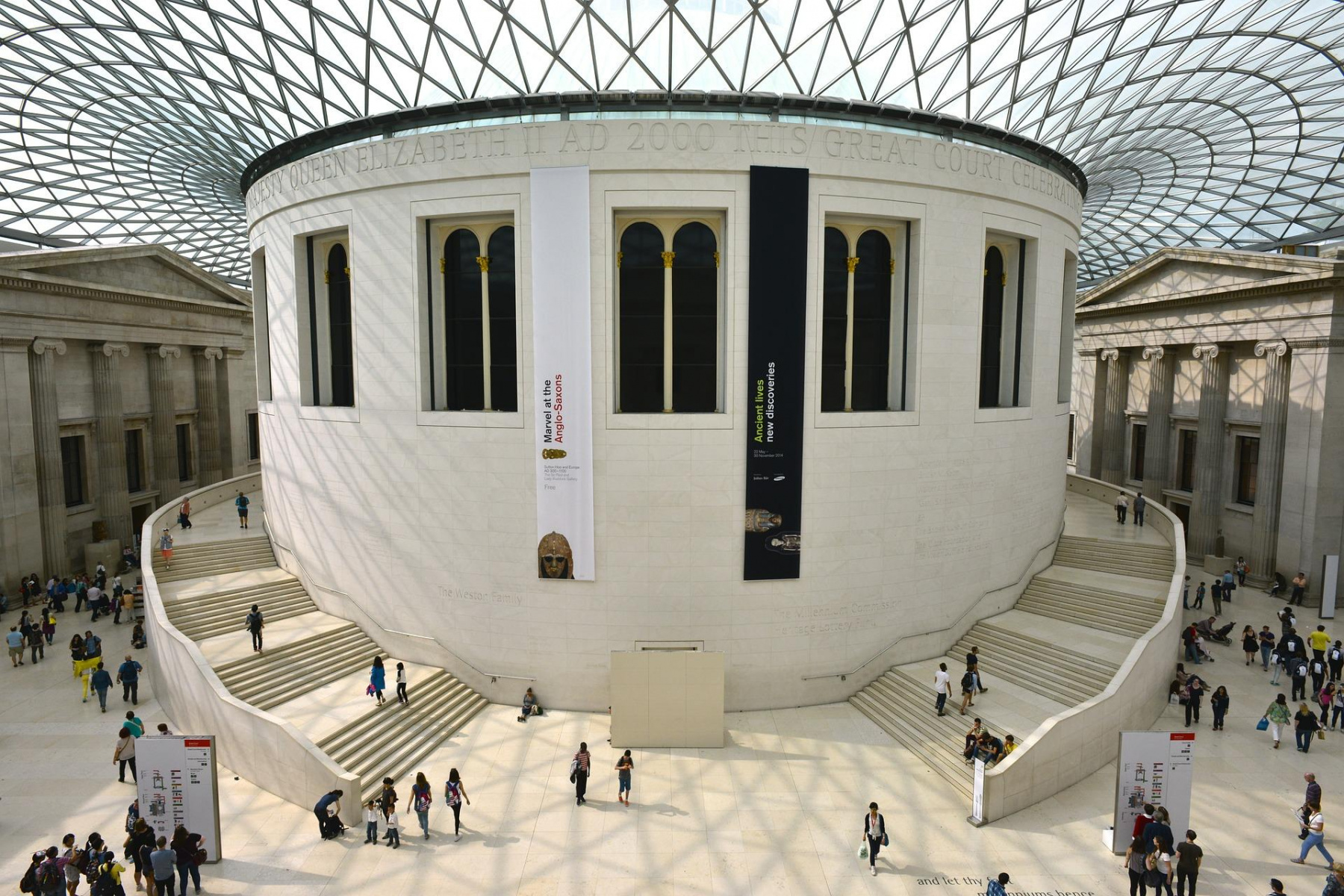A History of Metallurgical Analyses of Egyptian Artefacts at the British Museum
Establishing a practical database of metallurgical analyses conducted on Ancient Egyptian and Sudanese artefacts at the British Museum.
The project
Within a long-standing institution such as the British Museum, extensive scientific analyses have been carried out on metal artefacts in the Collection, including the Department of Egypt and Sudan. In order to conceive relevant new projects and valorise work that has been done previously, there is an urgent need to compile a comprehensive overview of analytical work carried out on Egyptian and Sudanese metal artefacts in the past. The main aim of the project is to establish a practical database for collaborative research within the Departments of Egypt and Sudan and Scientific Research.
Research lead
Elizabeth Thomas, University of Liverpool, Faculty of Humanities & Social Sciences, School of Histories, Languages and Cultures, Department of Archaeology, Classics and Egyptology

Objectives
A database will be created that includes all metallurgical analyses conducted on the British Museum’s Egypt and Sudan collection to date. A chronological and geographical overview of alloy use in the Nile Valley, along with the database, will present an important working document underlying any future research on the Collection.
Using said database, groups of artefacts that need verification of results or further investigation will be identified for re-analysis. Additionally, groups of artefacts within the collection that have not yet been analysed that would fill a gap within the database chronologically or geographically will be identified for analysis. The newly generated data and overview, as well as any identified unpublished work, will be prepared for joint publication.
Results and impact
The Department of Scientific Research and the Department of Egypt and Sudan at the British Museum will be able to identify areas of interest for further metallurgical research, as well as continuously add new metallurgical data to the database. This could include in-house work as well as data from external researchers working on the Collection. Any unpublished analyses could be incorporated into new publications or projects allowing for wider dissemination of data and information regarding the Collection and the overall understanding of Egyptian metallurgy.
This project will allow the researcher to gain experience in a new laboratory environment while working with highly regarded scholars from a number of departments, allowing new network connections to be made. Additionally, the database will provide them with a better understanding of the overall development of Egyptian metallurgy, which in turn will benefit their PhD thesis as they will be able to better contextualise the material which is the focus of the PhD, Egyptian mirrors. Moreover, there will be the opportunity for a joint publication, which is beneficial to their career development. The Department of Archaeology, Classics and Egyptology at the University of Liverpool will also benefit from this placement, bringing a new connection and potential future research collaborations.
